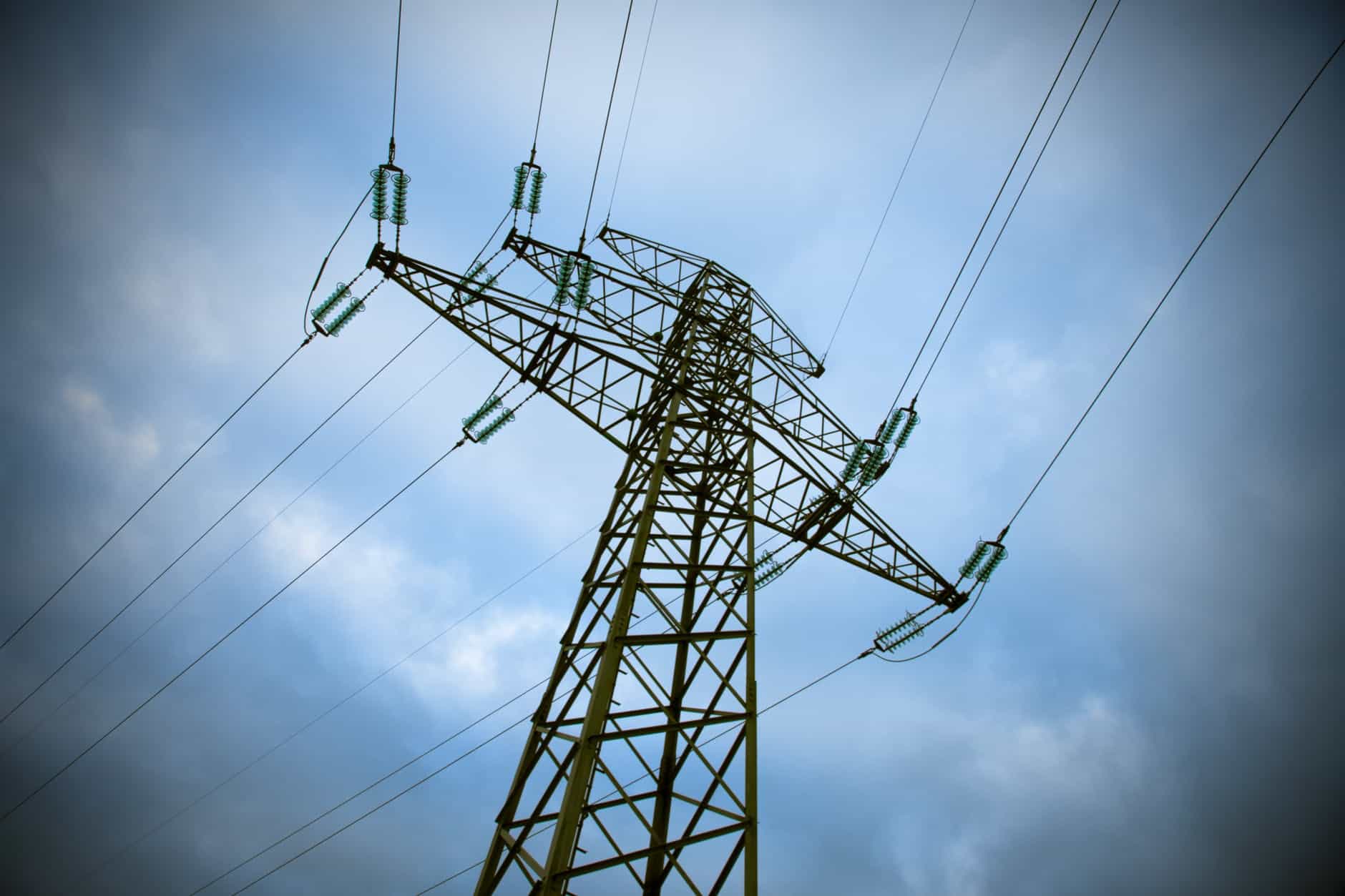Ontario to spend $1.6 billion more to stabilize hydro rates, minister says
Published January 30, 2020 at 10:12 pm

By The Canadian Press
Published: Thursday, January 30, 2020
TORONTO — Ontario will spend $1.6 billion more this fiscal year to “stabilize” hydro rates for customers, but opposition critics say the additional spending will do nothing to bring down the rising cost of electricity.
Finance Minister Rod Phillips said Thursday that the government will exceed the $4 billion it had previously budgeted for subsidies to keep prices stable — bringing the total to $5.6 billion.
He made the announcement as the Progressive Conservative government provided a quarterly update on the province’s finances, blaming the previous Liberal government’s Fair Hydro Plan and green energy deals for creating an environment that Phillips said has led to an increase in hydro rates.
“There’s no question that $1.6 billion of additional spending is troubling,” he said. “This is the legacy of a failed Liberal energy strategy that provided energy people didn’t need at prices they couldn’t afford.”
The Liberals brought in their Fair Hydro Plan in 2017 to address a public outcry over soaring hydro rates, particularly in rural areas. The policy lowered time-of-use rates by 25 per cent by removing from bills a portion of the global adjustment — a charge consumers paid for above-market rates to power producers.
Over the next decade, a new entity overseen by Ontario Power Generation was to pay that difference and take on debt to do so. Then, the cost of paying back that debt, which would have been up to $28 billion under the Liberal plan, was to go back onto ratepayers’ bills for the next 20 years. The structure meant the costs of the plan were kept off government books.
The auditor general criticized the plan, saying it would cost the province an extra $4 billion.
But under a plan the Progressive Conservative government introduced last March, borrowing costs to achieve the rate cut moved onto the government’s books. The Tories also promised to hold future increases to the rate of inflation.
Last fall, rates increased by about 1.8 per cent, or $1.99 for a typical residential customer who uses 700 kilowatt hours per month.
Phillips said the government will pay for the increased subsidies with new revenues thanks to strong job growth and home sales. The fiscal update shows that since the government delivered its Fall Economic Statement in November, sales tax revenue jumped by over a billion dollars and personal income tax revenues increased by $749 million.
In all, total government revenues are $3.1 billion higher than projected in the provincial budget last March.
“We were able to accommodate it because of the growth of the economy and still maintain our other priorities, which is important,” Phillips said of the increased subsidy. “But it’s a significant amount of money.”
Phillips said Energy Minister Greg Rickford continued to work on a plan to deliver on a Tory campaign promise to lower hydro rates a further 12 per cent, but offered no further details on how the reduction would be achieved.
Interim Liberal leader John Fraser said the government needs to reveal its plan to cut hydro rates instead of blaming the previous government.
“The government’s almost half way through their mandate and they campaigned on reducing rates by a further 12 per cent,” he said. “It’s time for the blame game to end and for the government to tell us what their plan is to reduce rates.”
NDP energy critic Peter Tabuns said the government will not be able to make good on its promise under its current plan. It is continuing the previous Liberal government’s scheme to subsidize hydro rates and not addressing the root causes that lead to rate increases, which diverts the money from other important areas.
“It’s money that could be used to deal with the autism issue, that could be invested in education, that could deal with hallway medicine,” he said. “Having all of the money sucked up into reducing hydro bills when you need to deal with the structural problems doesn’t make sense.”
Shawn Jeffords, The Canadian Press
insauga's Editorial Standards and Policies advertising





